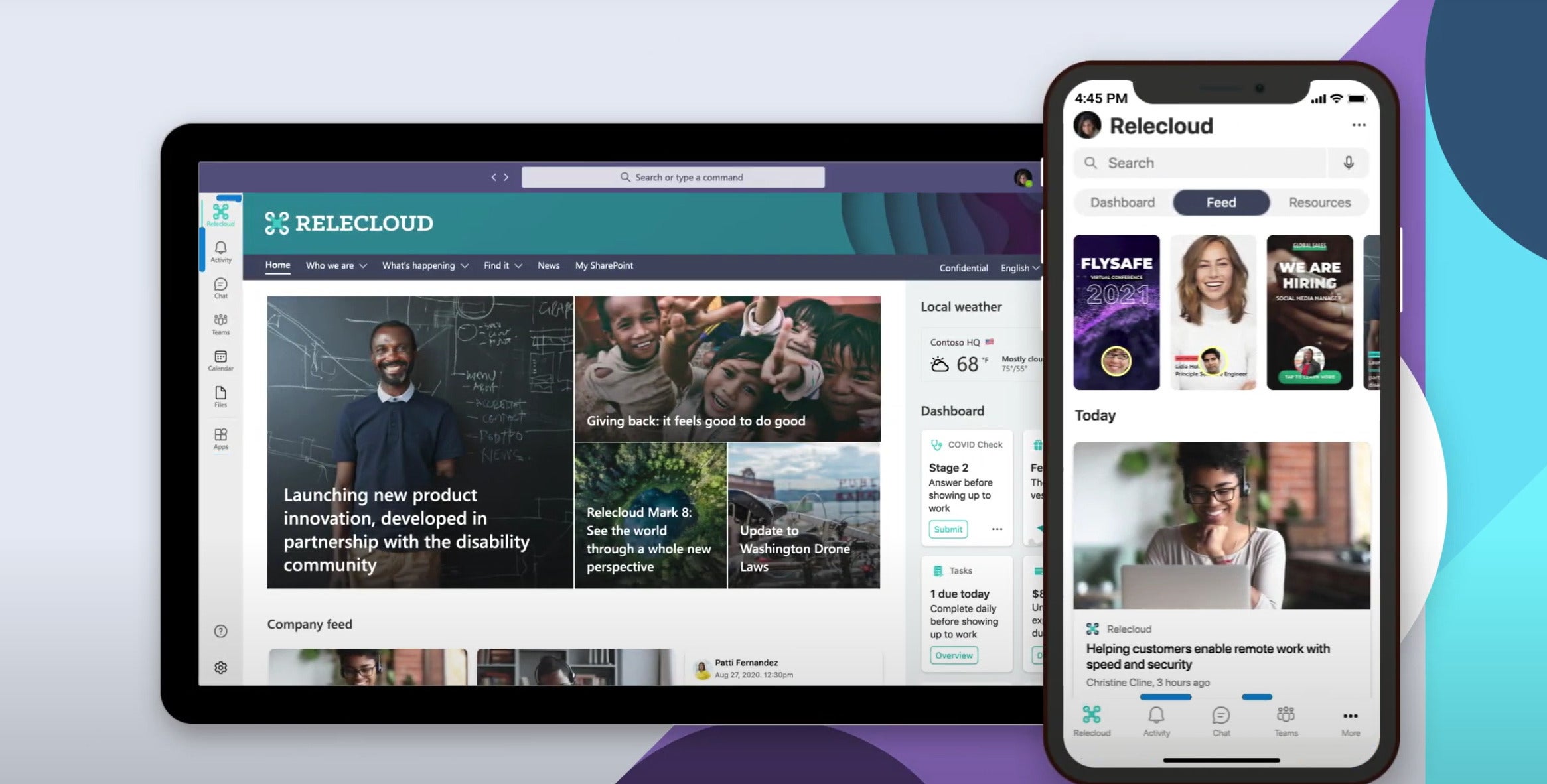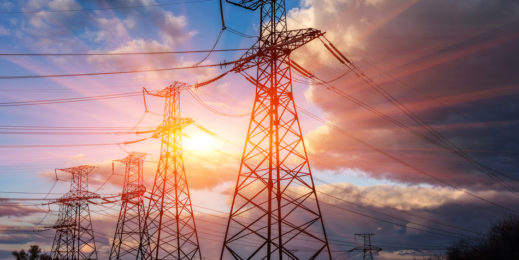
AusNet Services invests in the future with cloud transformation, data and AI
Diversified Australian energy infrastructure business AusNet Services has invested in a series of innovative applications to streamline operations and lift customer experiences as part of a digital overhaul with data and analytics at its heart.
ASX-listed AusNet Services owns over $11 billon of electricity and gas network and connection assets which deliver energy to more than 1.5 million customers across Victoria.
Australia is presently home to the fastest energy market transformation in the world, and AusNet Services recognises that its success in this highly competitive sector demands intelligent use of data. Further understanding its current data will enable AusNet Services to better optimise its efficiency and provide improved services to its customers.
Improved data access
AusNet Services set out to improve access to its own data and also to find a way to bring in third party data sets – such as weather forecasts.

Keith Hopkins, AusNet Services Digital Chief Officer, notes that if weather forecast data suggests a storm is brewing, it should be possible for AusNet Services to overlay that information with its own historical data to understand the impact of previous similar storms in the same or similar areas.
Hopkins explains that historical data reveals the impact of previous storms. “When something similar is forecast, we want to enhance our data to provide a better customer experience, like being able to roll trucks out early … proactively getting out there to restore service quicker when safe weather conditions allow.”
AusNet Services invested in a more modern digital platform that could capture the data and make it easily accessible for analysis and action. It has signed a five-year partnership with Microsoft and selected Azure as its preferred cloud.
The organisation already has a huge collection of data ready to transition to Azure – it’s the tip of the iceberg according to Hopkins, who notes that data from operational technology (SCADA) systems and the Internet of Things can be more exploited.
Hopkins says: “We have work underway around our digital twin at the moment.
There is also the opportunity to explore how an Azure-based digital twin – representing physical assets and activity in a digital form – could provide even more insight.
We have both vehicle and helicopter-based capture going on across the network, bringing in a view of our network that can provide analytics that will help us make better decisions on how we manage our assets.
Experience and efficiency
Hopkins says that AusNet Services is focused on customer experience and organisational efficiency.
“We talk about all those assets out there that are the network. When do you replace them? How quickly do you want to replace them?” he says. By further analysing the data coming from meters and the broader network, AusNet Services is looking to better optimise asset maintenance and management to drive out costs without reducing performance.
Hopkins says that AusNet Services’ modernisation strategy will rely upon on its access to and use of data.
Microsoft has partnered with AusNet Services on the rollout of Azure to support analytics and Microsoft 365 as a widespread productivity platform.
Hopkins says that working with strategic partners is one key pillar of AusNet Services’ digital strategy; a second is to achieve data driven insights; the third is to simplify and modernise the digital infrastructure; and, finally to ensure the security and resilience of the platform.
The Microsoft ecosystem also provides AusNet Services with easy access to emerging solutions such as the Viva employee experience platform designed to empower teams by strengthening communications, skills and wellbeing across the workplace.
Hopkins expects that Viva’s workplace analytics capability will deliver another layer of data and insight about how people are working, and how AusNet Services can support them. The organisation meanwhile is also using the low to no code development platform Power Apps to streamline processes and empower its people to innovate directly.

Partners support modernisation
AusNet Services’ cloud migration is being supported by LAB3, which is helping steer the Azure transition, and SoftwareOne, which is supporting AusNet Services with the modernisation of SAP and its transfer to Azure, slated for completion in September 2021, while Wipro is supporting the environment.
LAB3 and Wipro are also working together to support AusNet Services as it prepares for the move to five-minute settlement for Australia’s energy market which comes into force later this year. This integrates with AusNet Services’ advanced metering infrastructure analytics system, which is also being transitioned to Azure.
One of AusNet Services’ key goals is to swiftly transition 60 per cent of all its on-premise workloads to Azure in order to have a modern, resilient and secure digital foundation for the future. It is also establishing an extensible Data and Analytics platform, with a set of patterns and frameworks to allow for onboarding of additional business use cases over time. This platform leverages Azure Databricks for data processing and storage, Azure Synapse analytics for presentation, and Power BI to distribute end user insights.
AusNet Services’ SCADA networks and a range of operational technology control systems, mean there will always be some on premises systems – but the bulk of the company’s systems will be hosted in Azure.
AI and machine learning
With its Azure cloud foundations progressing well, AusNet Services can now envisage what might be possible next; that might for example involve overlaying geospatial data across other data sets and starting to use Azure cognitive services, artificial intelligence and machine learning.
Hopkins says this would drive efficiency and improve the lot of both employees and customers. “We still require people to walk out to power poles, look up at them and understand whether they need an asset replaced.
You can see in the future that we’ll be using geospatial data, digital imagery, potentially with a drone flying across our network and bringing back that data that then sits in the Azure cloud.
He then envisages using machine learning and AI to interpret the data and accelerate the pace at which AusNet Services can take informed action.
It’s a case of data literally powering a brighter future.








